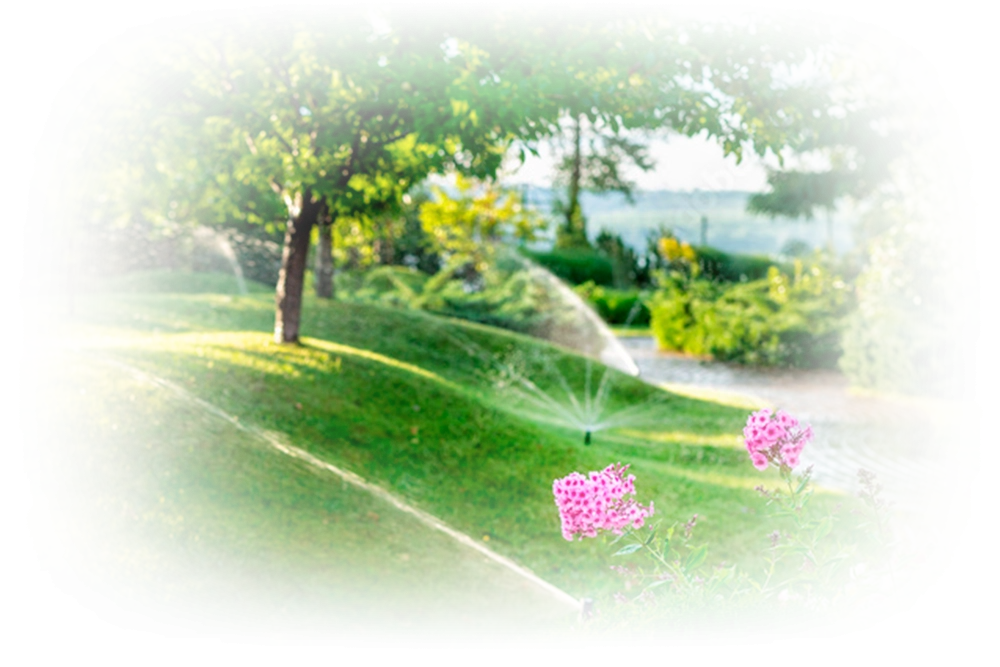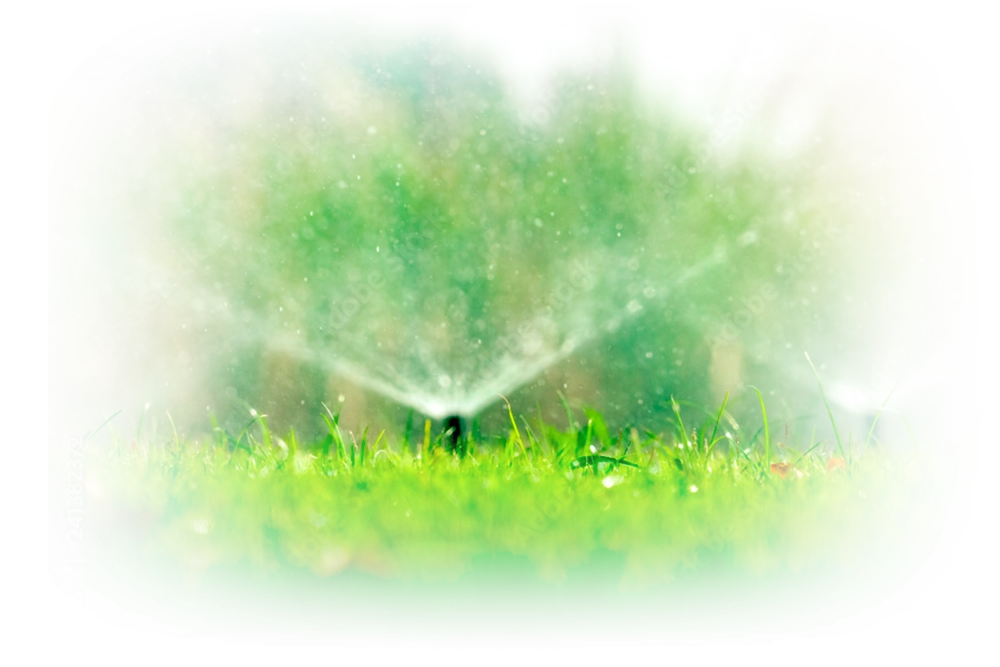irrigation
Should irrigation systems be inspected?
Irrigation systems should absolutely be inspected. This should be performed every year, for damage or erosion and reviewed for water usage efficiency. Generally, spring is an optimal time to inspect an irrigation system, in preparation of warmer weather when grass will need to watered and when vegetation would most likely be planted or beginning to bloom. In addition, the end of winter is a good time to inspect water systems for any damage that may have occurred due to freezing. When inspecting one of these systems, there are specific measures to be taken and features to ensure are functioning properly. First, water pressure should be checked; the amount of PSI (pounds per square inch) should read between 40 and 65. It is rare that pressure will be over this level, but if it does then there is mostly likely a kink or blockage of some kind within the pipes causing pressure top build. If these levels are below the acceptable PSI, the culprit could be some kind of leak or possibly a malfunction in your systems pump. Secondly, be sure that the sprinkler heads are checked for any damage and to see if any are not releasing water or are functioning with a less then desired amount of pressure. Also, be sure that these sprinklers are positioned correctly, as it is often these case that they are bumped around by a lawn mower or by someone passing by that may accidently kick it. Lastly, be sure to have the control timer looked at, if your association uses one. These control timers have settings that can be adjusted in correlation with the watering needs of your community; once again, this is beneficial in the spring and summer, when warmer weather may mean more water is required for adequate saturation of plants and grass. Bear in mind that every state has different laws and requirements for individuals that inspect and repair irrigation systems. Although your state may not require a license for an inspection of an irrigation system to be considered valid, it is usually best to hire a professional who is licensed and experienced. For more information on irrigation inspections, please look at the William Douglas resource blog.
Should irrigation systems be winterized?
Yes. Every region has its own unique climate and weather patterns, but if you live in an area that regularly experiences freezing temperatures during the winter, the preparing your irrigation system for this is absolutely necessary. Failing to take this precaution could result is pipes bursting, causing severe leaks and water damage. A 1/8-inch crack in a pipe can emit 250 gallons of water per day, and often goes unseen and unnoticed until the system is put back in use when the weather becomes warmer- by then it’s too late and the system requires immediate attention before it can be relied on to water grass and gardens. Although irrigation setups vary, the steps that should be taken to winterize those systems does not change much.
Essentially, you want to ensure that all water has been drained from the pipes and the system is powered down indefinitely. There are three methods to drain the water from your system. The first, and most common, method is a manual drain. To perform this, shut off the water supply, identify and open all of the valves at the ends of the piping as well as the backflow device, allowing the pressure to ease and water to seep out. After this, it may also behoove you to cover or insulate the valves to prevent freezing air from entering the pipes. The second method is the blow-out method and requires a resilient system. This procedure is done in similar fashion to the manual method but uses an air compressor that forces air pressure through the pipes, expelling any residual water. Be careful not to exceed 80 PSI for PVC piping (50 PSI for polythene pipes). To be clear, this is hazardous, and we do not recommend this method over the others if you’re irrigation system cannot handle the pressure or if you have no experience with air compression. At any rate, it is best to consult an experienced professional before attempting this method.
The final procedure is the automatic drain method and it is not viable for all systems- only for ones that are equipped with an auto-drain feature. Consult with a professional or someone who is very familiar with your associations particular sprinkler system to find out if yours has this feature. To activate it, turn off the water supply, then turn on one of the sprinkler heads to relieve any pent-up pressure. Allow the sprinkler to run until there is no more water coming out, or it is released with little or no pressure. If you are unsure or uncomfortable with winterizing your irrigation system yourself, it is always better to play it safe and contact a professional. For more information regarding irrigation systems, please see our blog.
Does my HOA need an irrigation system?
Generally, a developer decides early in the construction of the community if an irrigation system will be necessary and takes steps to initiate its installation. However, your community may very well be far past the purview of a developer and control may have already been passed to the homeowners and its board of directors. If an irrigation system was never installed, your association may now be contemplating if an irrigation system is necessary, and there are a number of factors that should be taken into consideration when deciding whether your homeowner association needs an irrigation system.
First, you have probably already started thinking about the benefits of this system. For associations with outdoor common amenities, this could be cause for consideration; this could be a garden, picnic area, sport fields and courts, and grassy areas for general gatherings or simple aesthetic. For smaller associations with little to no plant life, there may not be any cause for irrigation. However, if you have plans to implement more greenery and expand upon the outdoor amenities, then this feature may become a necessity. The larger your community is and the more communal vegetation you have in your community, the more need there is for a system to water those areas. Additionally, an irrigation system not only increases the overall value and quality of an association but can also be automated with timers and advanced features to make landscaping much easier and far less time consuming. In this way, watering time and the amount of water used becomes completely consistent, which could inadvertently cut back on water usage over a long-term period. However, the cost of installation and maintenance should be taken into account.
Installing a sprinkler system can cost $6,000 to $10,000 per acre, for an underground system. Then, after its been installed, you may have to pay for repairs to the lawn. There are above-ground systems that are not as costly, under $5,000. However, even with above ground systems, your association will still have to pay for repairs and maintenance. The annual cost of maintenance, repair, and water usage could range from thousands of dollars to tens of thousands. Some associations spend 6-figure sums on irrigation every year. This cost varies for each association, as each community is a different size and uses different amounts of water. Be sure to consult a licensed professional to see what type of system, if any, would be right for your HOA. At any rate, make sure you are familiar with your association’s budget before making any major decisions. If there are more urgent and vital expenses, then an irrigation system may have to wait. For more information regarding homeowner association irrigation systems, please visit the resource articles located in our blog.



